In contemporary art, where the definition of medium is increasingly fluid, digital art and animation deserve serious recognition. These disciplines demand the same level of critical thinking, conceptualization, and technical skill as traditional fine art. Every second of animation is a deliberate composition, where movement, transitions, and pacing serve as additional layers of storytelling. Sound, too, plays a crucial role, transporting the viewer to a specific time and space, further enhancing the emotional depth of the work.
From an early age, I was captivated by the immersive worlds of Disney films—visuals that shaped my imagination and later led me to study animation. Movement has always been central to how I perceive and create art. While books and still paintings invite open interpretation, animation and digital art allow for a more intentional narrative, where an artist controls movement, staging, timing, and sound.
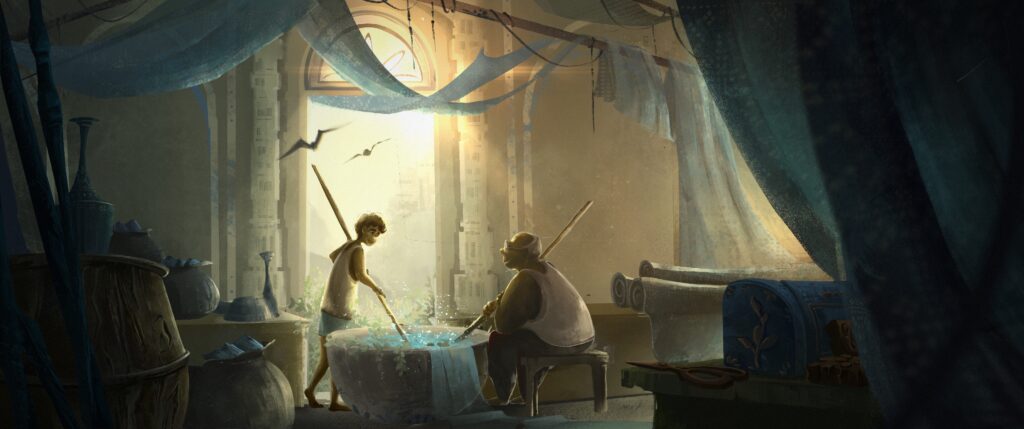
Digital art has become an extension of my fine art practice, offering a seamless bridge between painting and
cinematic storytelling. It enhances my ability to convey emotions, rhythm, and atmosphere in ways that static mediums cannot. The fluidity of digital tools allows me to experiment freely—collaging, layering, and evolving ideas without the constraints of permanence. This freedom fuels creativity, making the process more intuitive and dynamic. Unlike traditional painting, which is bound by physical limitations, digital art dissolves these barriers, bringing the viewer closer to the world an artist envisions and creates. Thus, the ability to guide the viewer’s eye and thoughts strengthens artistic voice, transforming the work into an immersive experience rather than a passive observation.
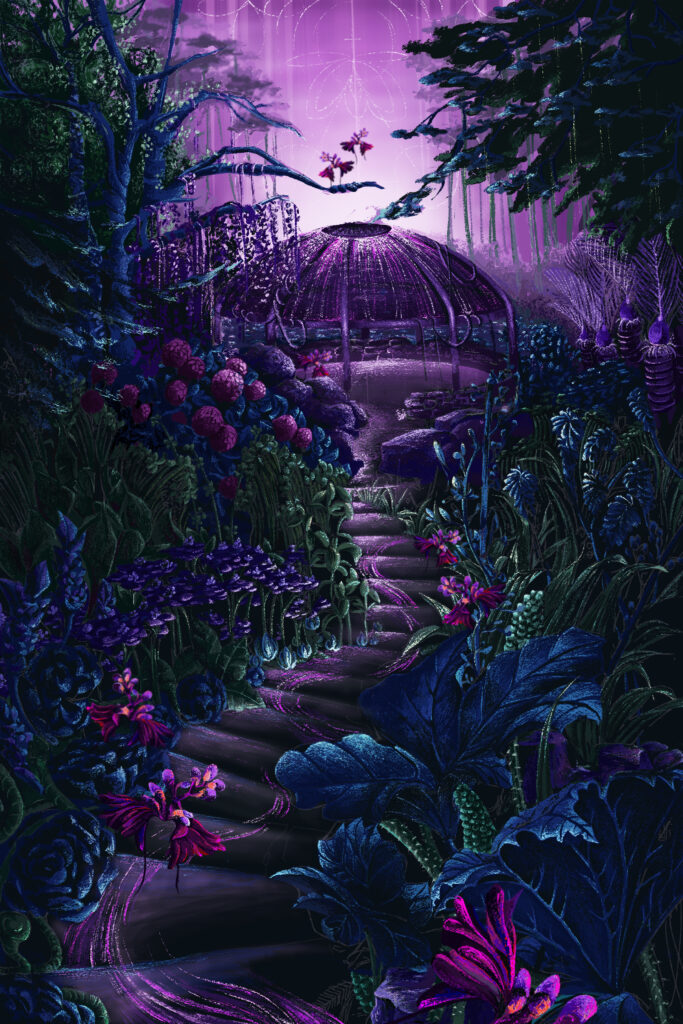
Rooted in a deep connection to nature, I create reflective spaces through meditative nightscapes. In a world driven by speed and excess, I embrace stillness as an act of resistance, reclaiming presence and mindfulness. Nightscapes in my art are more than darkness; they are realms of quiet introspection, where silence becomes almost tangible. These moments of pause serve as an antidote to the relentless urgency of modern life, offering a space to breathe and reconnect. At the heart of my practice lies a deep commitment to environmental consciousness. While my landscapes often depict serene, utopian visions, they serve as reminders of what is at stake—ecosystems threatened by fragmentation, overfishing, urbanization, and industrial encroachment. I highlight biodiversity-rich regions like the Western Ghats, Sundarbans, and the Himalayas, urging a re-evaluation of our relationship with nature. Rather than portraying destruction, I choose to celebrate resilience and interconnectedness, hoping to inspire a sense of stewardship and collective responsibility. This philosophy extends to the way I create art itself.
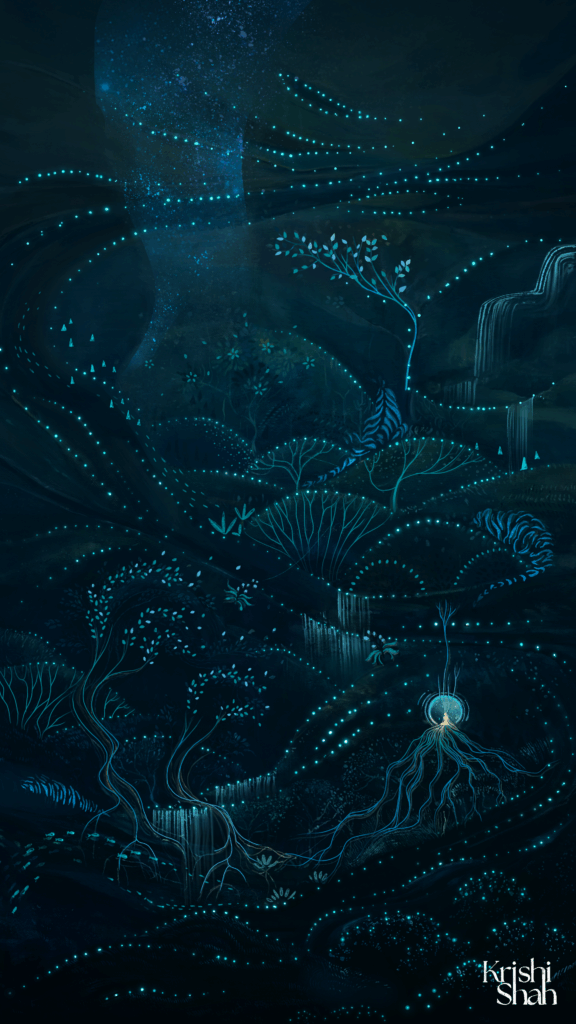
Digital art, as an extension of my practice, aligns seamlessly with this ethos of sustainability. Unlike traditional
methods that often rely on materials with significant environmental footprints—paints, canvases, and chemicals—digital tools allow for boundless creativity with minimal waste. The flexibility of this medium enables me to experiment and evolve my ideas without consuming resources, reducing the need for physical production while maintaining the integrity of artistic expression. Moreover, digital art dissolves limitations of accessibility and preservation, making art more widely available without the environmental costs of transportation and storage. As contemporary art increasingly blurs the lines between mediums, digital art stands as a powerful, sustainable alternative—one that not only expands artistic possibilities but also reflects a future where creation and conservation go hand in hand. Through my work, I hope to shift perspectives, reminding us that protecting nature is not just about saving something separate from ourselves, but about sustaining the very world we are a part of.
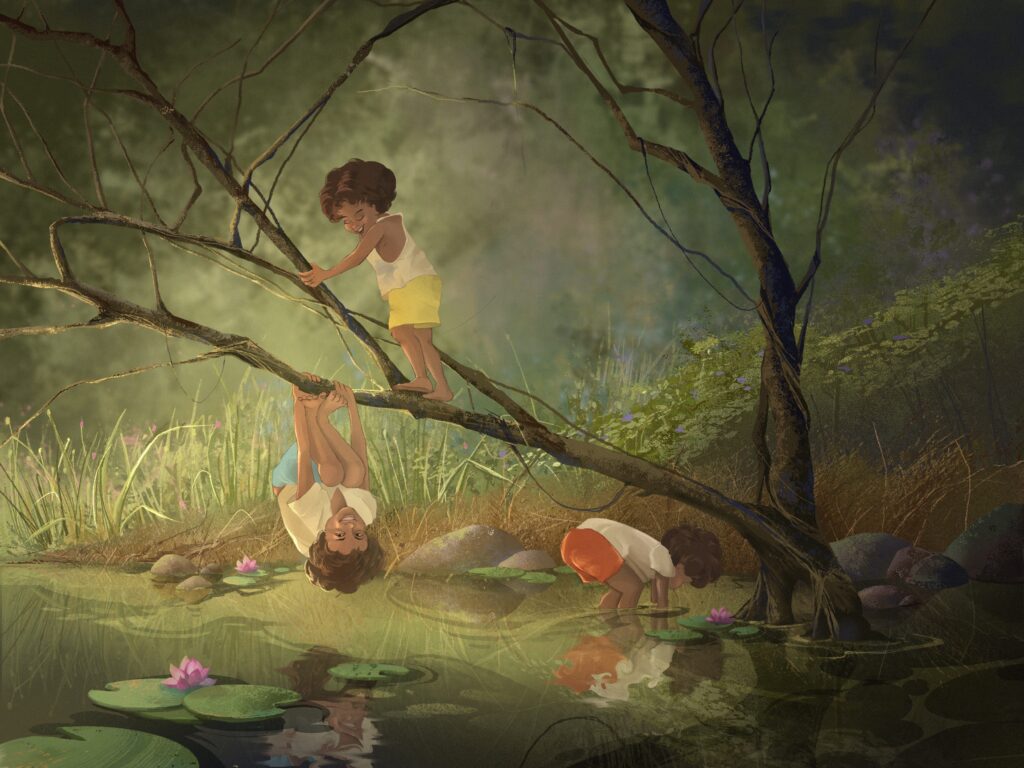
Traditionally, art has been open to interpretation, allowing viewers to project their own emotions. But we have surpassed the bandwidth of self-realization—reality needs to be seen, felt, and understood with urgency. The climate crisis is unfolding now, and digital art can bridge the gap between awareness and action. By blending interactive storytelling, immersive technology, and perceptual distortion, one could control attention like a magician, guiding the viewer through a transformative journey. My goal is not just to depict nature’s beauty but to make its fragility and resilience felt—pushing.
Featured image courtesy: Sundarbans , 2024, Oil on canvas & Digitally Recreated. Image Courtesy: artist and the gallery.

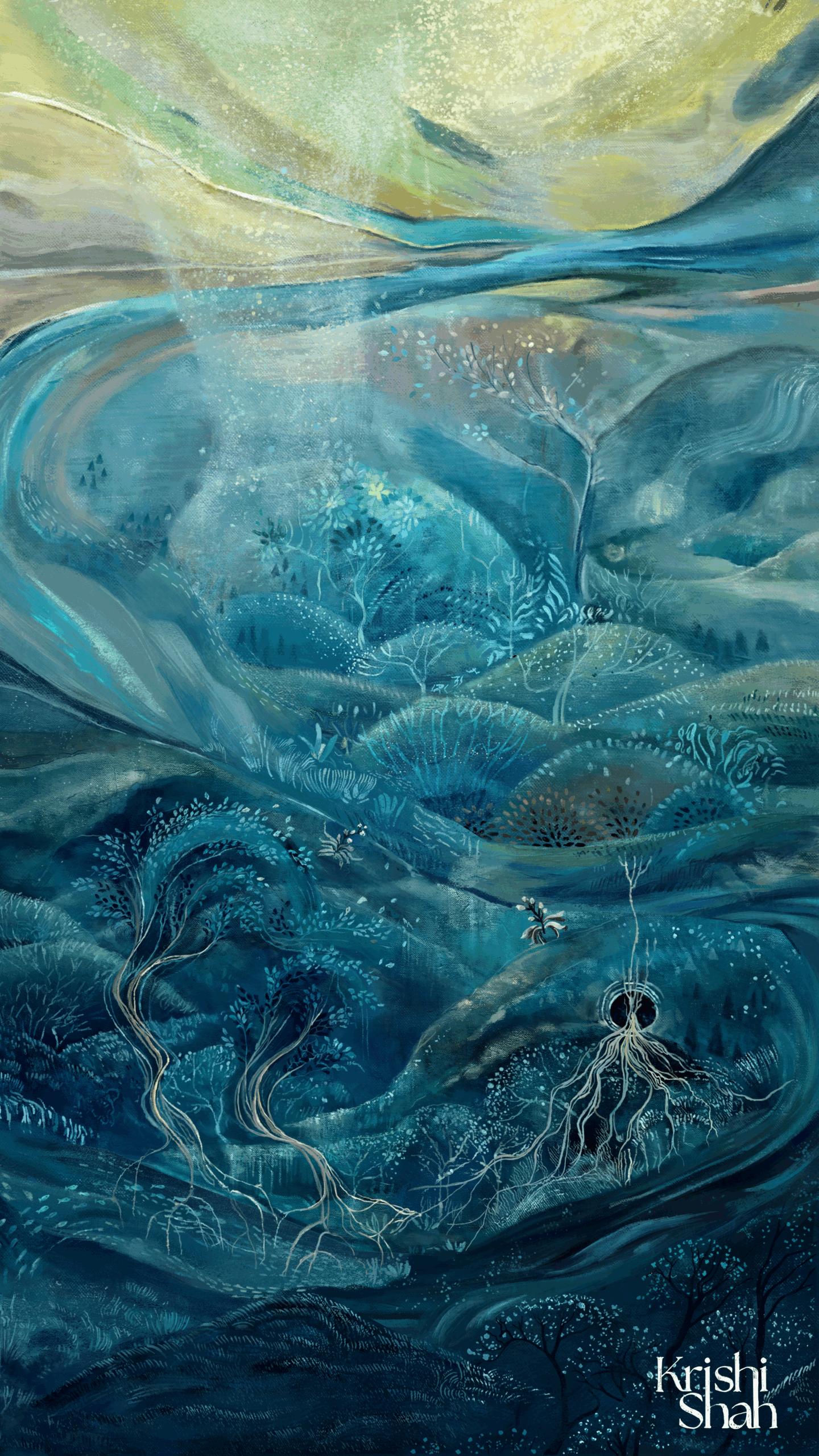
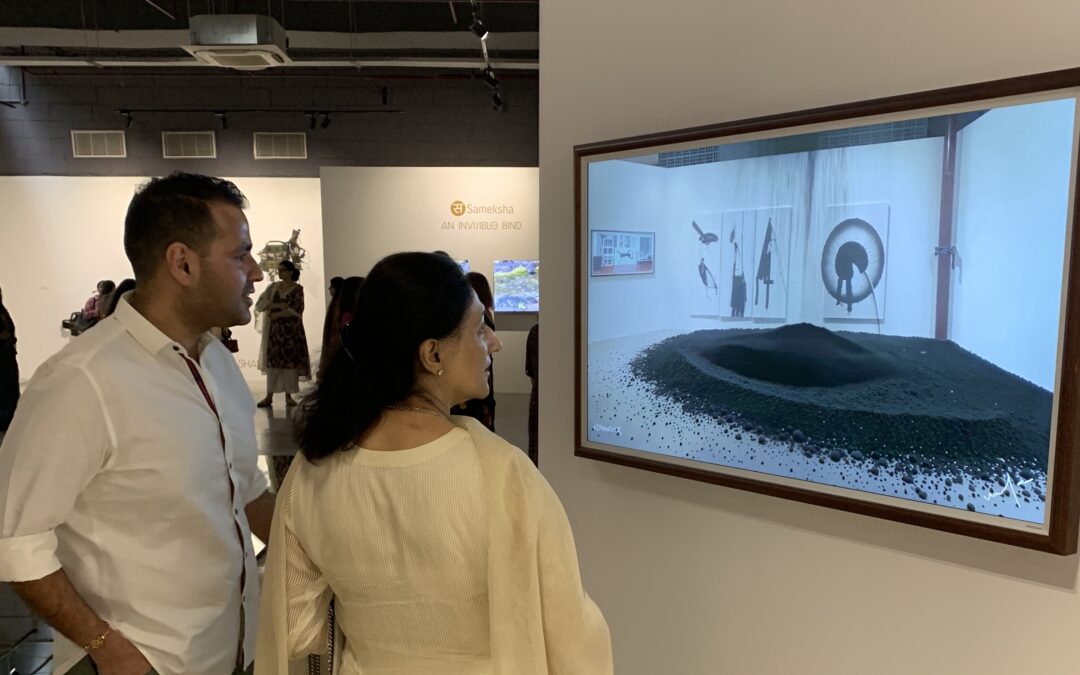
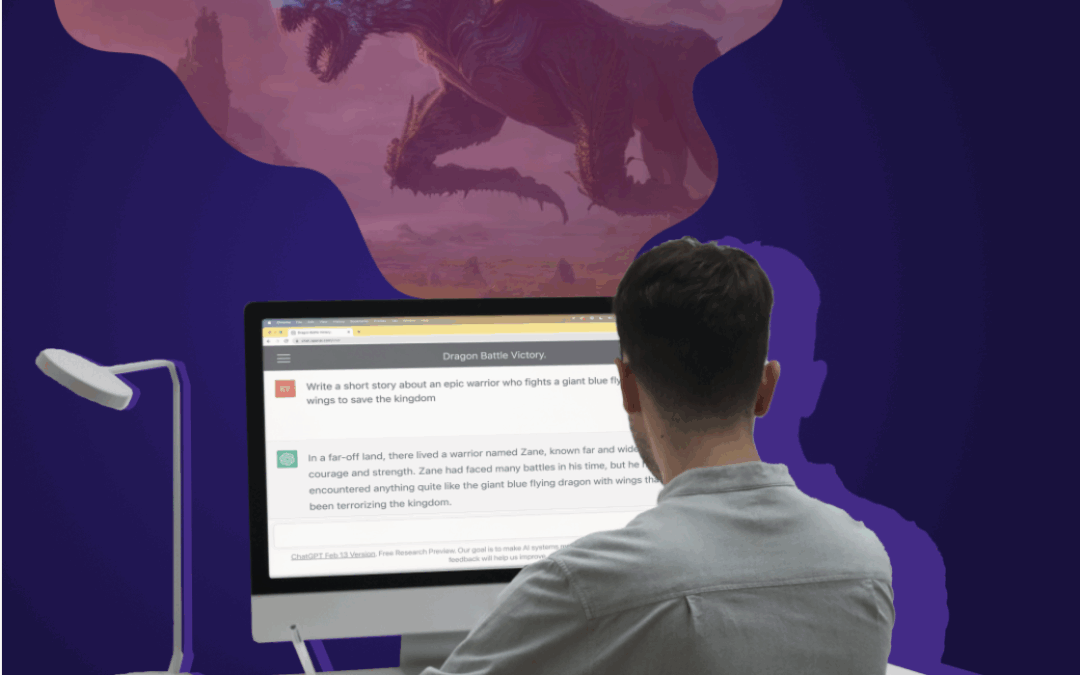
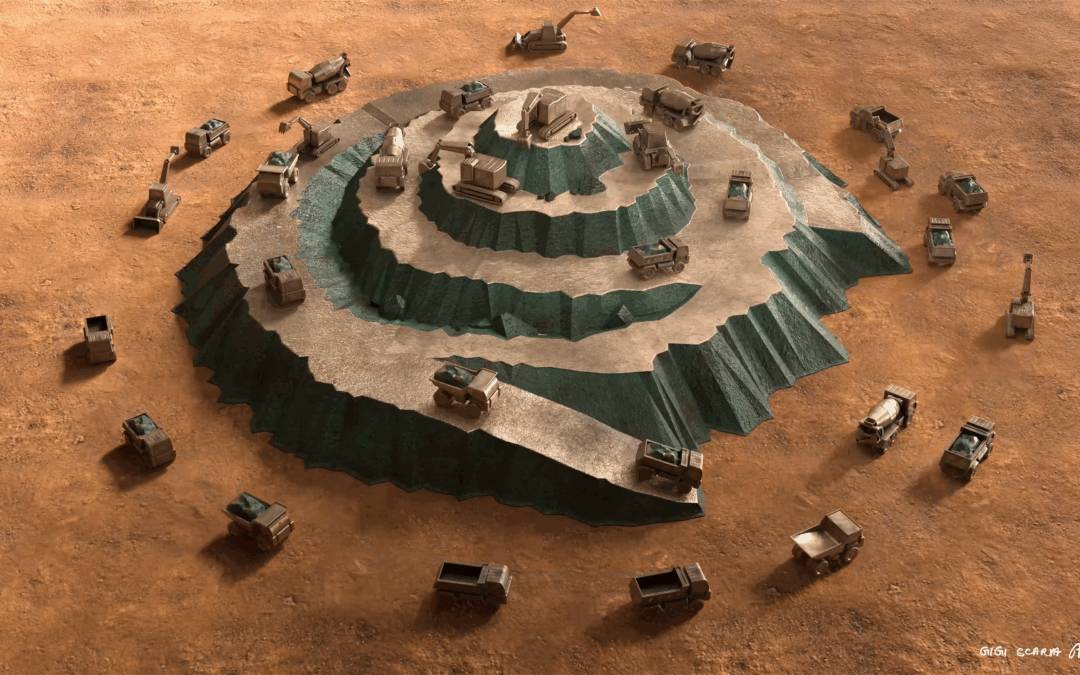
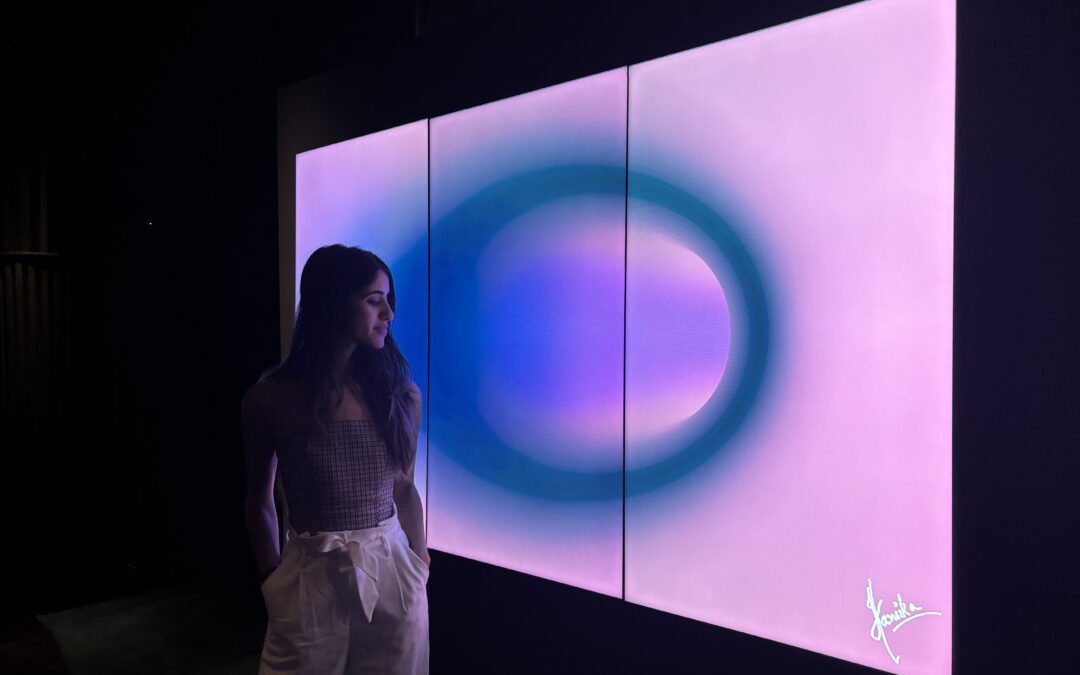
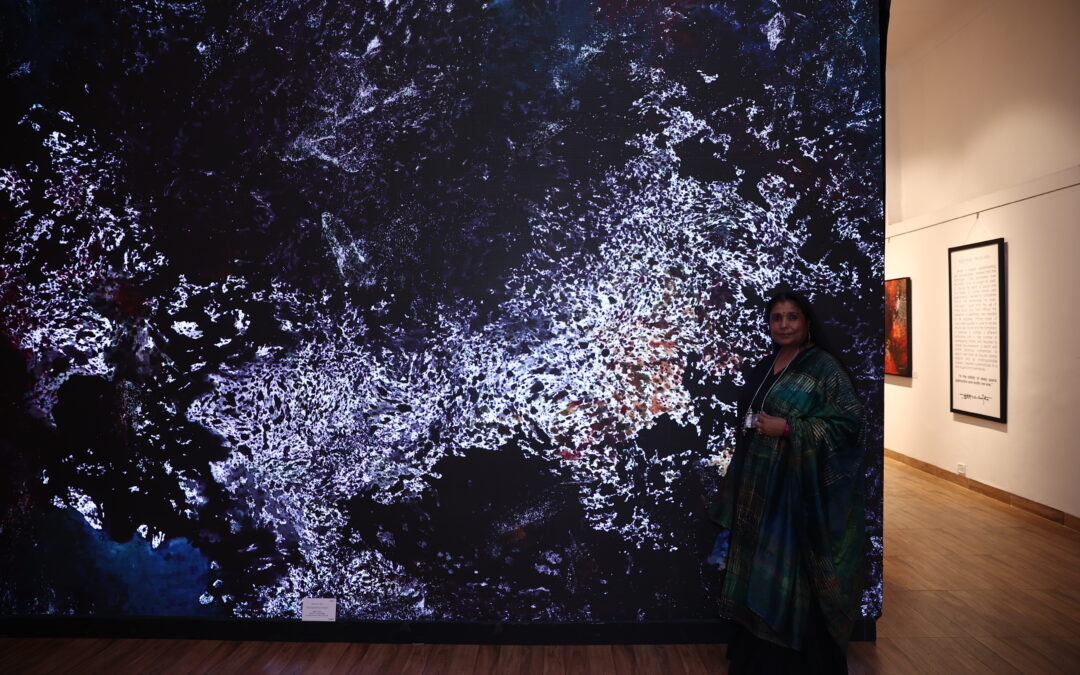
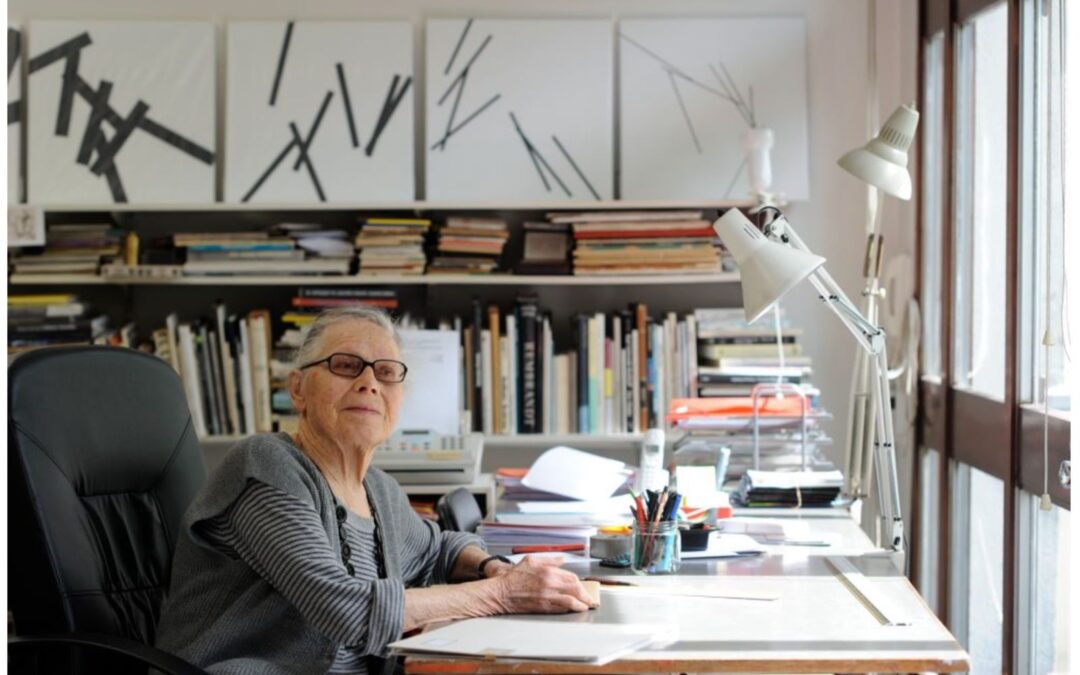
0 Comments